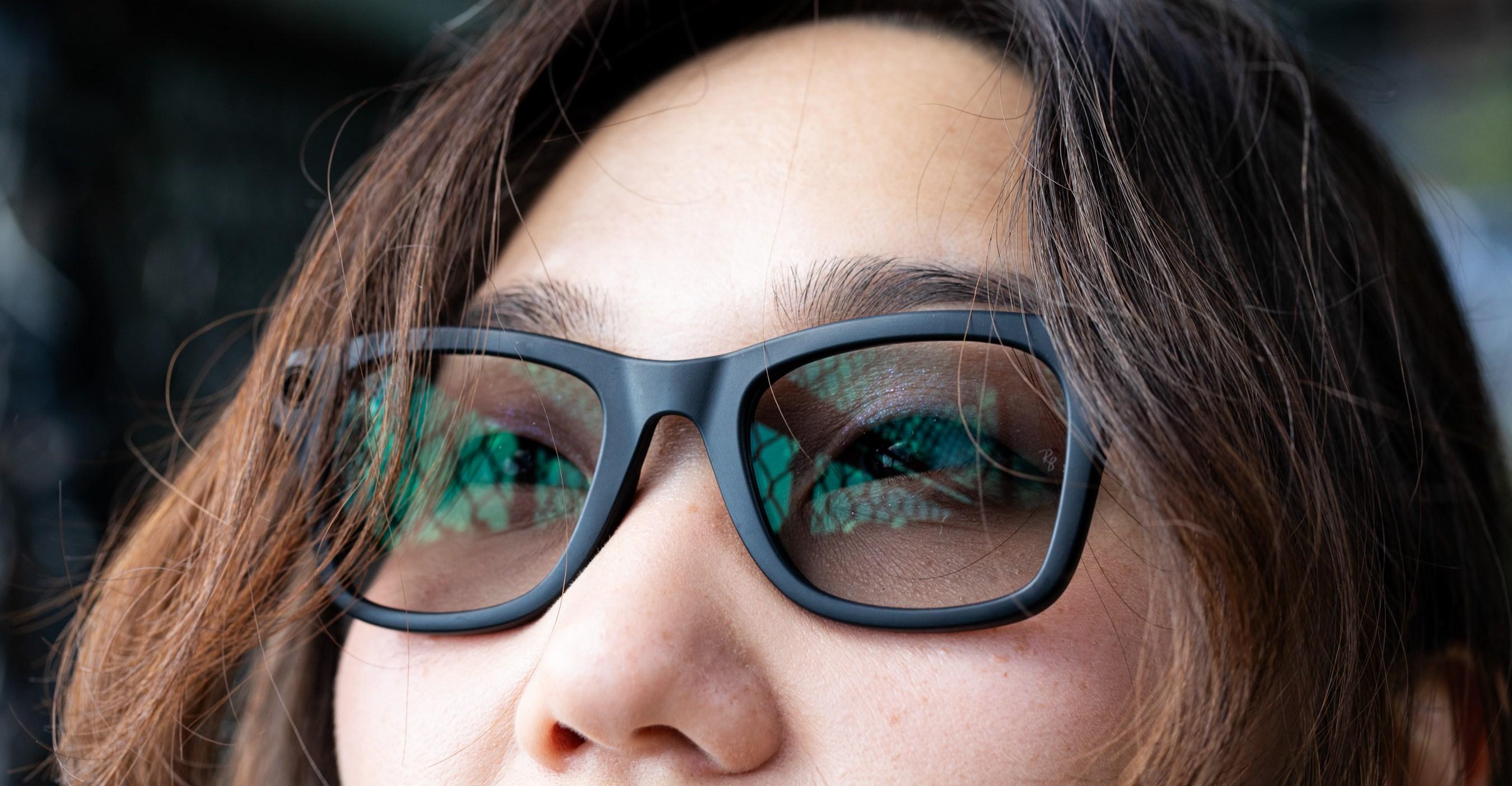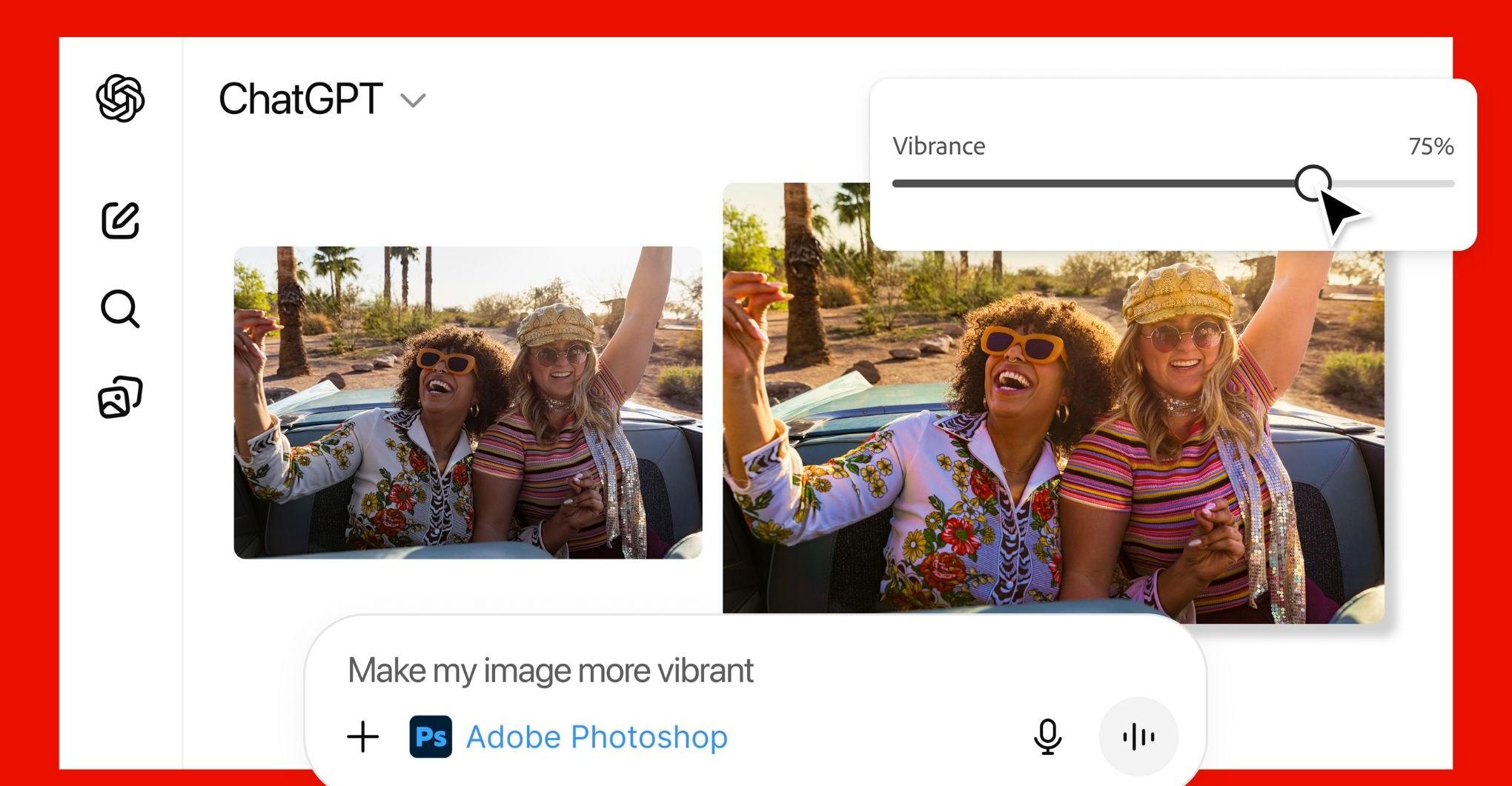L’Oréal has been a staple of CES for years, showing up with surprising twists on beauty products like a wearable UV sensor, a lipstick printer, and an AR-powered brow applicator. This year, the company is taking on the classic hairdryer with the AirLight Pro, and it’s doing so in an unconventional way.
- Home
- Technology
- News
L’Oréal’s futuristic hairdryer uses infrared light for smoother, more hydrated hair
At CES 2024, L’Oréal introduced the AirLight Pro, a next-gen hairdryer that uses infrared light to reduce heat, save energy, and dry hair 30 percent faster.


Most conventional hairdryers rely on thermal coils to produce heat and air that then dries the hair. Unless you use heat protectant, it can be pretty brutal on your hair with frequent use. Meanwhile, Dyson’s Supersonic hairdryer mostly uses a powerful motor and clever ergonomic design to maximize airflow while also reducing heat. L’Oréal’s AirLight Pro also does that, but it adds infrared light into the mix.
“It’s inspired by the way the environment dries rain. So when it rains, the day after you have wind, you have sun, and it’s a combination of the wind and sun that are the most effective to dry the rain,” says Guive Balooch, global vice president of L’Oréal’s Technology Incubator. In the same way, Balooch says that a mix of infrared light and powerful airflow help mimic the sun and wind but for your hair. That, in turn, reduces the need for heat.
According to Balooch, the hairdryer has a circle of infrared lights and, within that, there’s a smaller circle that pushes out the air. The light helps water droplets dry on the surface of the hair, while leaving moisture intact within the strand. Balooch says that different wavelengths of infrared light can have opposite effects on hair. For example, the red / yellow end of the spectrum is closer to UV light — which isn’t so great for your hair. Blue and purple light, however, has a more hydrating effect. The result is supposedly a 30 percent faster drying time and a 31 percent reduction in energy usage, with more hydrated and smoother-looking hair in the process. Of course, we’ll have to test it out to see how those claims translate in real life, but I’m curious to get my hands on the AirLight Pro on the show floor later this week.
To make the hairdryer, L’Oréal partnered with Zuvi, a startup founded by former DJI engineers that made a similar light-based hairdryer. The AirLight Pro is the result of L’Oréal’s team collaborating with Zuvi to take it to the next level. That includes developing an app, where users can customize heat preferences, and a set of smart attachments, including a diffuser and a concentrator nozzle. When you snap on an attachment, the hairdryer will automatically recognize it and adjust the speed and temperature.
The AirLight Pro is targeted for both professional and consumer use — though it’ll first be available at salons under the L’Oréal Professionnel brand. It’s expected to reach consumers later in the year, and Balooch says the company is targeting a sub-$400 price.
Balooch also offered up a few updates on other products L’Oréal’s shown off at CES over the years. The Colorsonic, an at-home hair dying gadget from CES 2022, is currently in production with a launch slated for mid-2024. Meanwhile, last year’s Brow Magic makeup applicator will first launch in Asia at the end of 2024 under the Shu Uemura brand. Seeing CES concept gadgets actually make their way to consumers isn’t a given, so it’s neat to see L’Oréal actively working to make its ideas a reality.
Pakistan aims to become model in digital assets regulation: Bilal saqib
- 15 hours ago
Security forces kill 13 Khwarij in two separate engagements in KP: ISPR
- 16 hours ago
Bondi Beach shooting: Australia hails ‘hero’ Ahmed who stopped gunman
- 15 hours ago
NHL board of governors eager to see more 'color vs. color' jersey matchups
- a day ago
Source: Gray, Nats reach deal to avoid arbitration
- a day ago
Australian PM declares Sydney shooting a ‘terrorist’ attack targeting Jews
- 15 hours ago
Under-19 Asia Cup: India beat Pakistan by 90 runs
- 16 hours ago
Jays president Shapiro given new 5-year deal
- a day ago

How do you know if you’re wasting your life?
- 8 hours ago
Diaz picked Dodgers because 'I'm looking to win'
- a day ago
Sources: Rangers address needs with 3 signings
- a day ago

Pakistan condemns attack on UNISFA in Kadugli, Sudan
- 15 hours ago

:format(webp)/cdn.vox-cdn.com/uploads/chorus_asset/file/25209702/AirlightPro4_16x9__1_.png)
:format(webp)/cdn.vox-cdn.com/uploads/chorus_asset/file/25209708/AirlightPro5_1x1.jpg)












